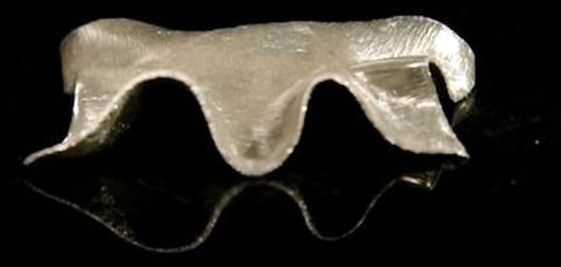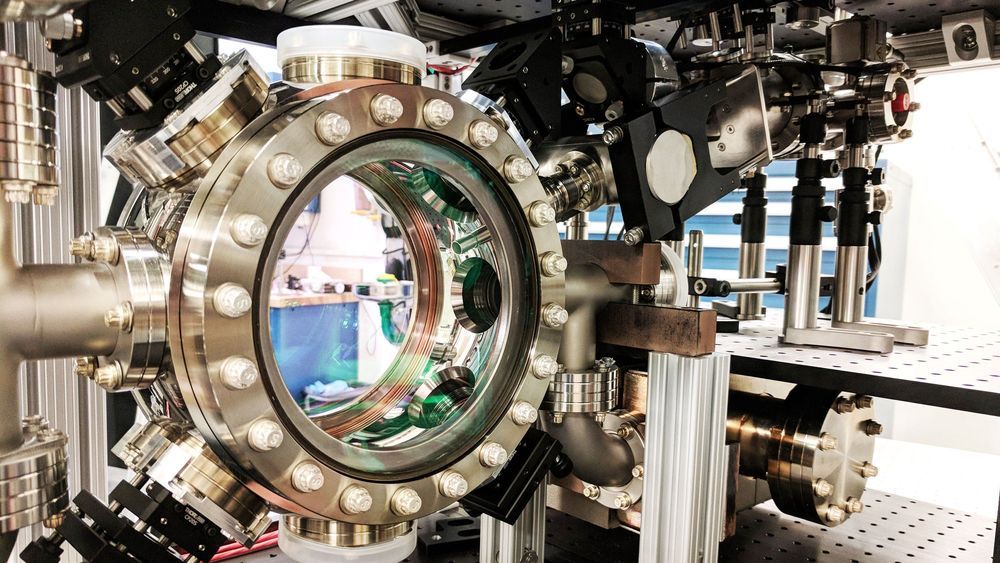Oct 21, 2019
Rocket Lab—yep, Rocket Lab—has a plan to deliver satellites to the Moon
Posted by Genevieve Klien in categories: energy, satellites
A Rocket Lab spokesperson told Ars that the new service, launching on an Electron rocket, would be capable of sending up to 30kg into lunar orbit and be available as soon as the fourth quarter of 2020. As for pricing, it was not disclosed. “Pricing is tailored to mission requirements, but we’ll be bringing previously impossible missions within reach at attainable prices,” the spokesperson said.
The “Photon” spacecraft is essentially a small third stage for the Electron rocket that provides in-space maneuvering capability for payloads. It combines propulsion, power, attitude determination and control, and radiation-tolerant avionics. These combined capabilities will allow Rocket Lab to deliver small spacecraft on lunar flyby missions, into a Near Rectilinear Halo Orbit (where NASA intends to build a small space station called the Lunar Gateway), L1/L2 points, or lunar orbit. It will take up to 14 days for the Photon vehicle to deliver a payload to lunar orbit.





 A new Pew Research report unsparingly explains, the decline of Christianity in the United States “continues at a rapid pace.” A bare 65 percent of Americans now say they’re Christians, down from 78 percent as recently as 2007. The deconverted are mostly moving away from religion altogether, and the ranks of the religiously unaffiliated — the “nones” — have swelled from 16 to 26 percent over the same period. If this rate of change continues, the U.S. will be majority non-Christian by about 2035, with the nones representing well over one third of the population.
A new Pew Research report unsparingly explains, the decline of Christianity in the United States “continues at a rapid pace.” A bare 65 percent of Americans now say they’re Christians, down from 78 percent as recently as 2007. The deconverted are mostly moving away from religion altogether, and the ranks of the religiously unaffiliated — the “nones” — have swelled from 16 to 26 percent over the same period. If this rate of change continues, the U.S. will be majority non-Christian by about 2035, with the nones representing well over one third of the population. Rogue drones will be brought down by “detect and destroy” technology under plans for a new national counter-drone force to prevent Gatwick-style disruption, ministers have announced.
Rogue drones will be brought down by “detect and destroy” technology under plans for a new national counter-drone force to prevent Gatwick-style disruption, ministers have announced.









